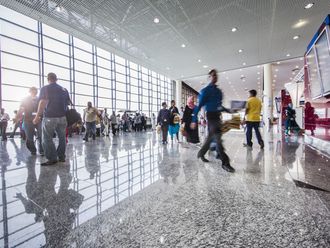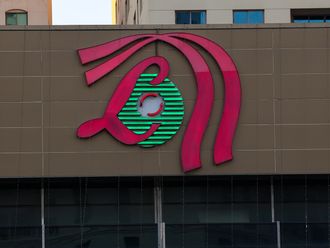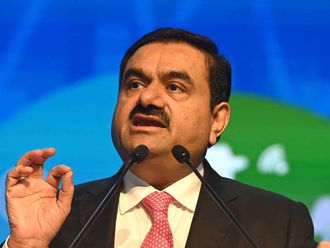
Every business wants to perform at its best to achieve maximum profitability and sustainable success. Many elements contribute towards performance, but team dynamics is one area that doesn’t always get the attention it deserves.
Yet the dynamics of a group of colleagues can vastly influence its potential for success or failure.
Team dynamics refers to the communication, collaboration and interactions between a unit of individuals. These actions are forged by each member through their behaviours, opinions and subconscious influences. How these traits fuse together determines group conduct and impacts the effectiveness of the team.
According to one Stanford University study, teams that collaborate well are 50 per cent more effective at completing tasks than those who work independently.
Both personal and social identity are important to team dynamics since they dictate how people see themselves in terms of their own workplace identity and also the role they play within this team. For every team, it is important to attract a diverse range of talent with a broad range of experience and credentials and differing character traits or softer skills.
Poor dynamics are usually evidenced by a breakdown in communications, subpar output and execution, inefficient decision-making, mistrust and a lack of accountability.
Resolving these issues can be challenging as staff may retaliate or withdraw and they may stop contributing to business strategies and objectives.
Whilst it is important to hire a diverse team, leading them to collaboration and teamwork is also a fundamental task. Leadership plays a vital role in determining group dynamics. In fact, research demonstrates that 50-70 per cent of an employee’s perception of their work environment is connected to behaviours of their management.
Many of the signs of a poor function team are often demonstrated initially by leaders, such as a failure to communicate openly and provide direction. Such issues may arise when leaders feel that they are in a position of compromise or conflict with the organisation.
How to analyse and improve team dynamics
Culture assessment
Team dynamics inevitably shift and evolve over time. Incorporating a regular procedure to perform a cultural assessment of your team(s) is a valuable way of highlighting what is working well and identifying any issues so you can see what could be improved.
- Surveys are quick and easy, though lack of input, validity and integrity of data have been brought into question.
- Interviews may prove to be more beneficial as an open, one-on-one environment can prove more qualitative.
- Focus groups/sessions to encourage a team to speak openly together and work through any complexities are also a useful tool. Be prepared to create an inclusive environment where all members feel contribution is possible.
Communication
Encouraging a flow of open dialogue and embedding this within the culture is an effective ongoing tool for measuring team dynamics.
Encouraging team members to share feedback with leaders and with one another, holding team meetings and inviting ad-hoc discussion are all crucial ways to demonstrate there is an interest in each individual member, as well as how the group is working together.
Such communication helps to overcome conflict as and when it arises. It also supports leaders in sharing information with the team such as important company-wide news, wins, and strategy.
Leaders
Developing strong leaders to foster these communications is key. A mature approach to understanding the true dynamics of their teams is absolutely essential to improve and move forward with stable foundations.
Leaders should feel trusted by their teams, reinforced by an open pathway for communication. It is also necessary to ensure there are no conflicts at the top or with peers. Plenty of statistics indicate that leading from the top is essential. Ensuring leaders are equipped to empower and work openly with their team members is a must.













